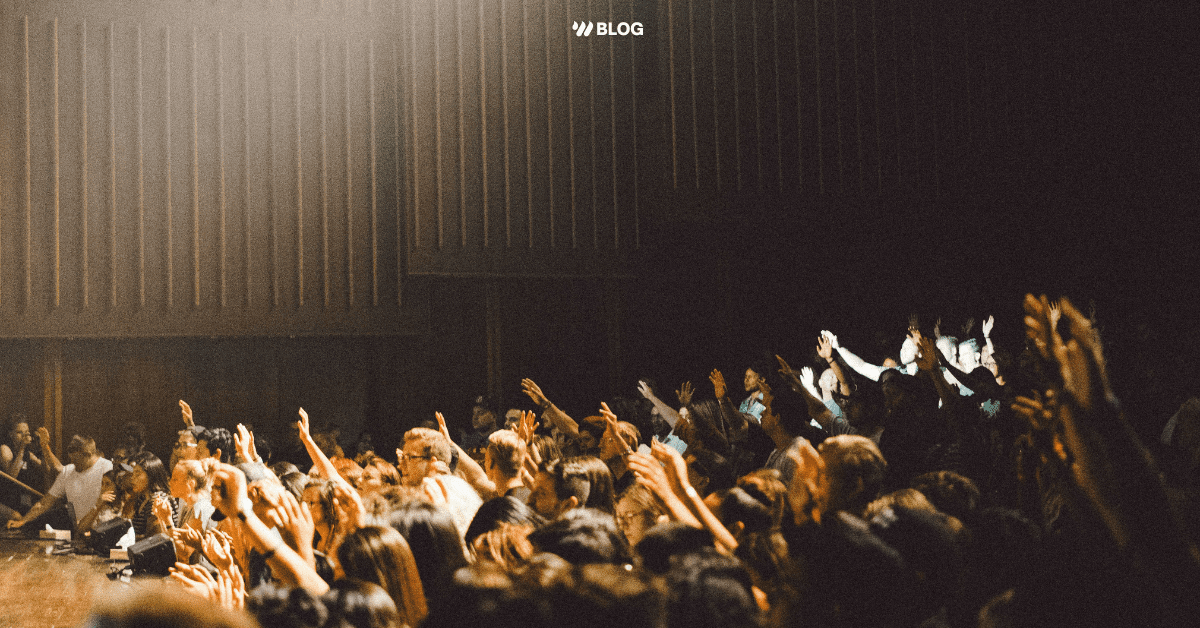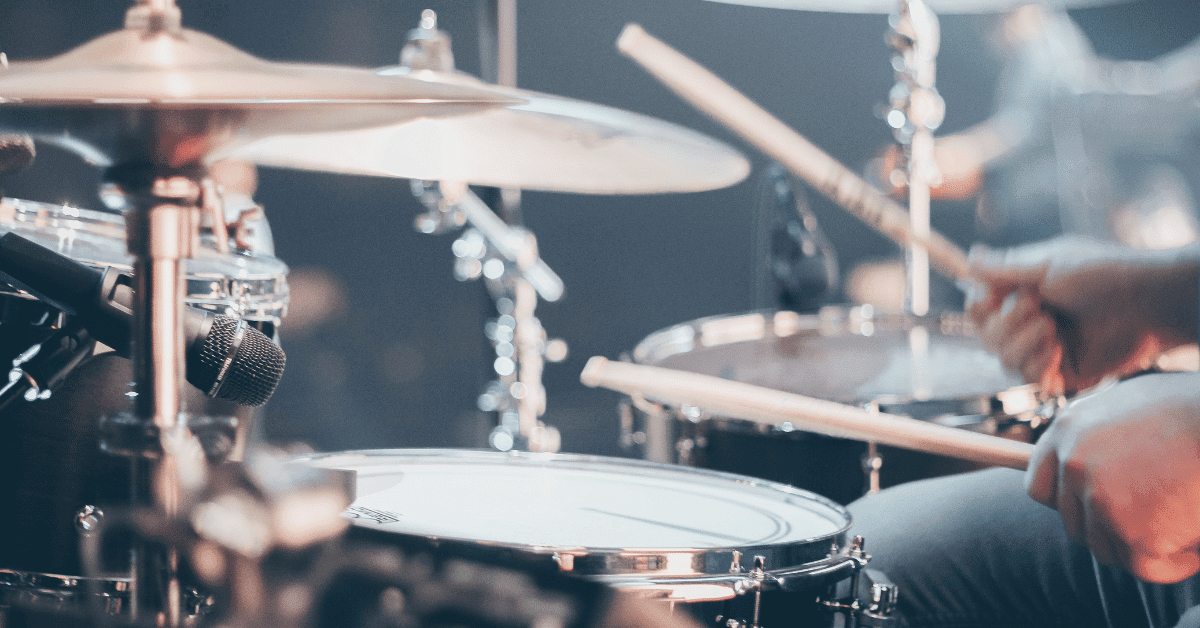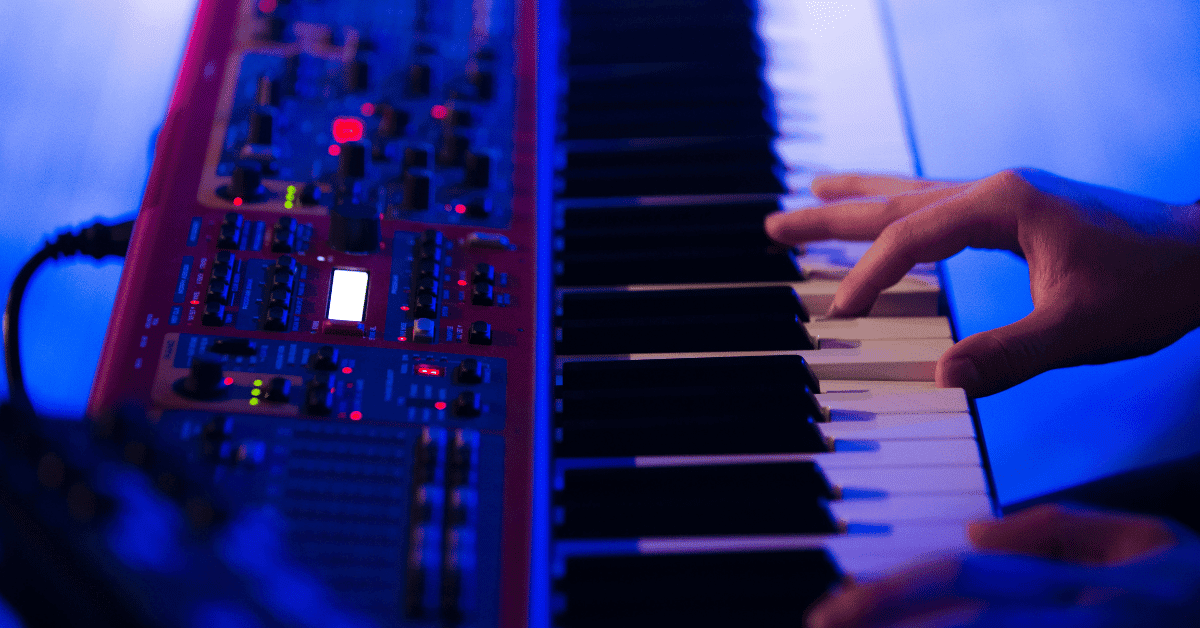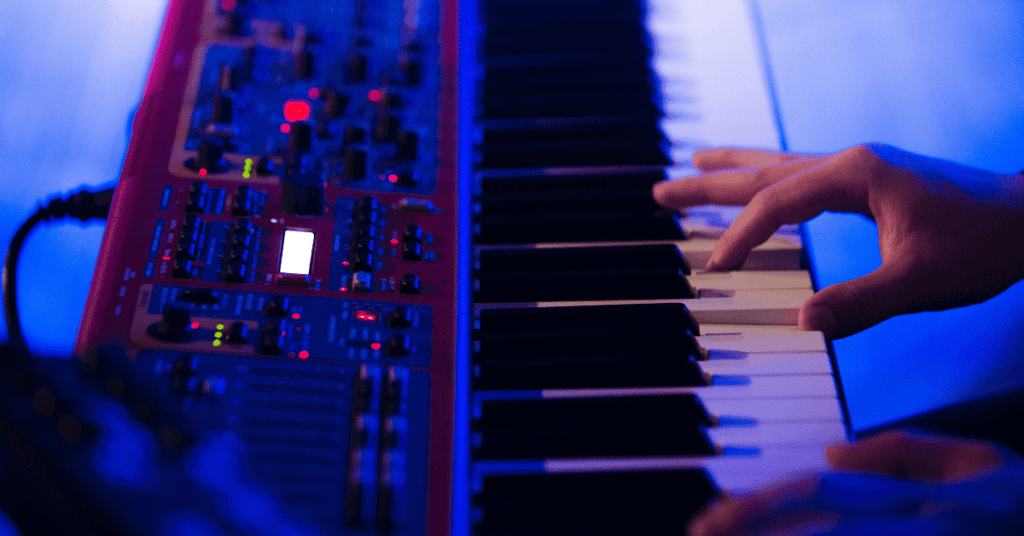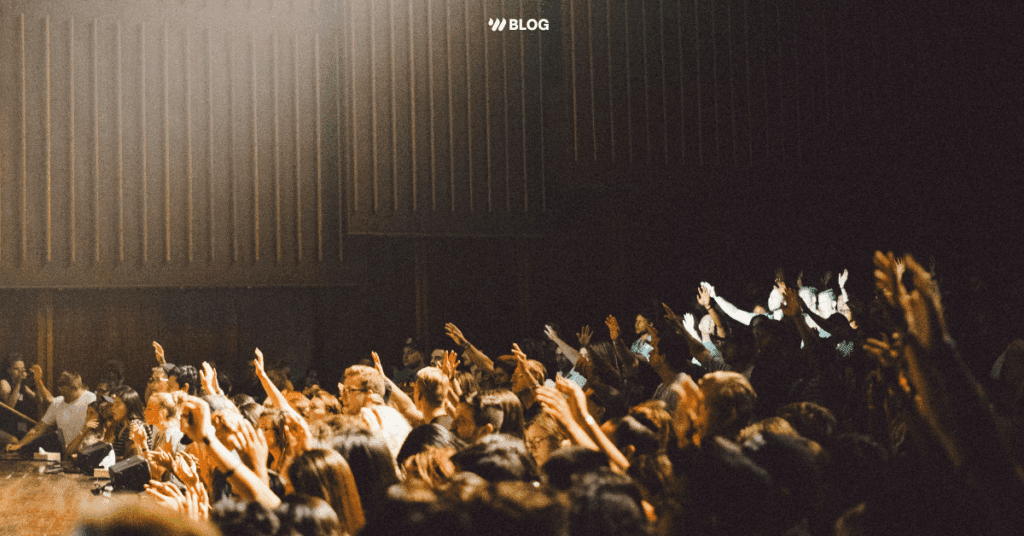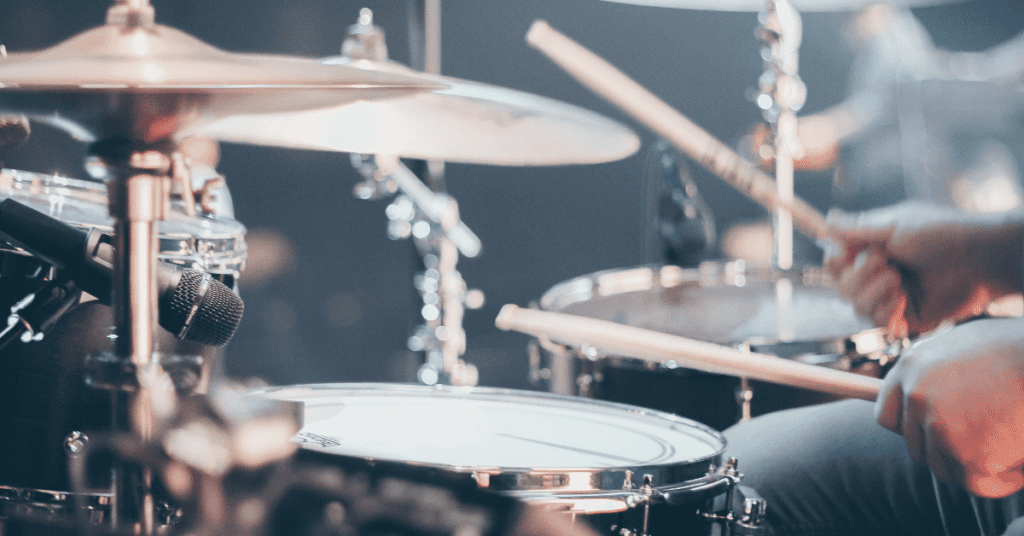I have a bit of a DIY mentality when it comes to my passions and as a result, I’ve learned a few things about building a solid pedalboard.
As I tour regularly, it is important that I have a reliable and convenient setup that can be transported well and easily modified.
I’ve had countless different setups, but some things have proven to be the best practice for me. Below I’m going to go through the main elements of building a pedalboard and why I have made the choices that I have.
My Board and Case
I love Pedaltrain. There’s a reason why they’re an industry standard and so many professionals use them.
I have a PT-3 that I have had for ages (Novo 24 is the newer slightly-shorter version). It’s still strong after all these years and tons of people I know in the touring industry use one. One trick with the PT-3 that Matt Podesla taught me was to use a PT-2 case to save weight and space. It’s not the best case but it’s cheap and has held up for a few years now. Brady Cases makes a great durable case with wheels if you need one.
Size-wise, it’s been perfect. I tried other size boards but this always just seemed to work for the number of effects I have wanted to use (sometimes up to 14-16). Everything larger is just a headache to deal with and isn’t worth it to me. To each their own.
I have always stuck with Pedaltrain because of two main reasons:
Weight – I hate carrying heavy gear and boards ideally need to be under 50 lbs for flying. I’m at ~43 right now.
Space underneath– There’s plenty of room underneath for power supplies and cables. With other flat boards, you need to have cables that are the exact length to look tidy (which usually get ripped up later to make room for pedal changes). I was able to conveniently velcro mount my TA Link underneath in the past as well.
Space between rows – Some boards only have little holes on top to route cables through, which is a nightmare to me and restricts where you place things. I find that having enough space for right-angle jacks to go down from the pedal is vital. Pedaltrain makes the gaps nice and large so you can place pedals almost anywhere.
Patch Cables
I believe patch cables are one of the most important investments for a guitar rig. They are such a high liability when it comes to noise and randomly losing signal. Think about it, a basic pedalboard of 10 pedals will require 11 cables total, each with two jacks. That’s a minimum of 22 points of failure (imagine a large board with a looper…). If one little lead or ground wire inside those jacks becomes slightly loose or shorts out, it’s game over. Needless to say, it’s important that they are reliable.
People focus a lot on the tonal qualities of cables, but in my opinion, if you are using buffers (which you should be), the sonic difference between most decent-quality brands is going to be very small.
I swear by soldering and have built my own cables for almost a decade. Previous to that, I used non-soldered cables and always had issues. It’s a bad vibe for any professional to be using non-soldered cables. They can work fine for home, but there’s nothing worse than having popping and signal loss on-stage. It’s not worth the risk.
Learning to solder can be frustrating at first but it is an invaluable skill for a guitarist in the long-run. If you want to start, make sure to use an iron with variable temperature control and high-quality solder (I learned that all the hard way).
I have been using Lava 229 jacks and Lava ELC cable because they are easy to make, and have a very durable design. The smaller and thinner options usually sacrifice reliability for convenience and space-saving.
Pro tip: keep one very long spare patch cable on top of your board as a worst-case-scenario backup.
Pedal Power Cables
I love using right angle pedal cables. I usually have to buy new ones when I get a new power supply because the cables that come with power supplies are not all right angles. They can also be rather short and not reach all the way across a board if you need them to.
One little trick I started doing was taking blue painters tape and on either end of each cable labeling them with a number. This allows me to trace the cable from the pedal to the power supply quickly in the case of a problem.
Power Supplies
I own a PP2+ and a 4×4. When it comes to powering your pedals, you can’t really go wrong with Voodoo Lab. They’re an industry standard and have been very reliable. With my current setup, I just need the 4×4. In the past, the combination of those two power supplies allowed me to power whatever I needed.
The benefit of having two power supplies, instead of 1 like the Mondo, is that if one goes down you can at least power half your board rather than have nothing at all. Another good tip is to use a brand that uses standard IEC cables. If you forget one or yours goes bad pretty much every church should have one on hand for you to use.
I have had a Strymon Zuma before and loved it. They’re more expensive but work internationally and have very high output on a lot of their models. Being able to link supplies is also a great option. If you can afford them, go for it.
Cable Management
I always use zip ties and zip tie mounts underneath my board. The mounts are cheap and easy to apply. Before applying them (and velcro for that matter), make sure to use some rubbing alcohol to clean the area so that they adhere well. Pedalboards pick up a lot of dirt and dust that you don’t want to get in the way of the adhesive.
I typically don’t tighten zip ties all the way so I can slip out cables if I need to rearrange or replace them without having to cut anything. To me, the purpose of having zip ties is to keep things from dangling underneath, getting caught, and moving around too much. I don’t get too focused on super clean runs and perfect lengths because I always change things up.
There you have it – my approach to building a pedalboard. We all do it differently, but this has worked really well for me and typically has had little headaches. If you play long enough, you will encounter problems, but if you take the proper precautions you can avoid many of them.
Let us know if you have any questions in the comments below!
You may also be interested in these resources!
- Guitar Lesson: Expanding Your Chord Shapes
- Worship Guitar Tone Master Class
- Guitar Lesson: How to Equip Any Guitarist to Succeed on Sunday
- Why You Should Stop Buying Pedals
- Mastering Your Fretboard & Transposing Lead Guitar

